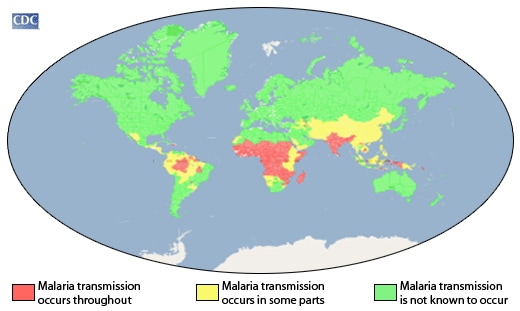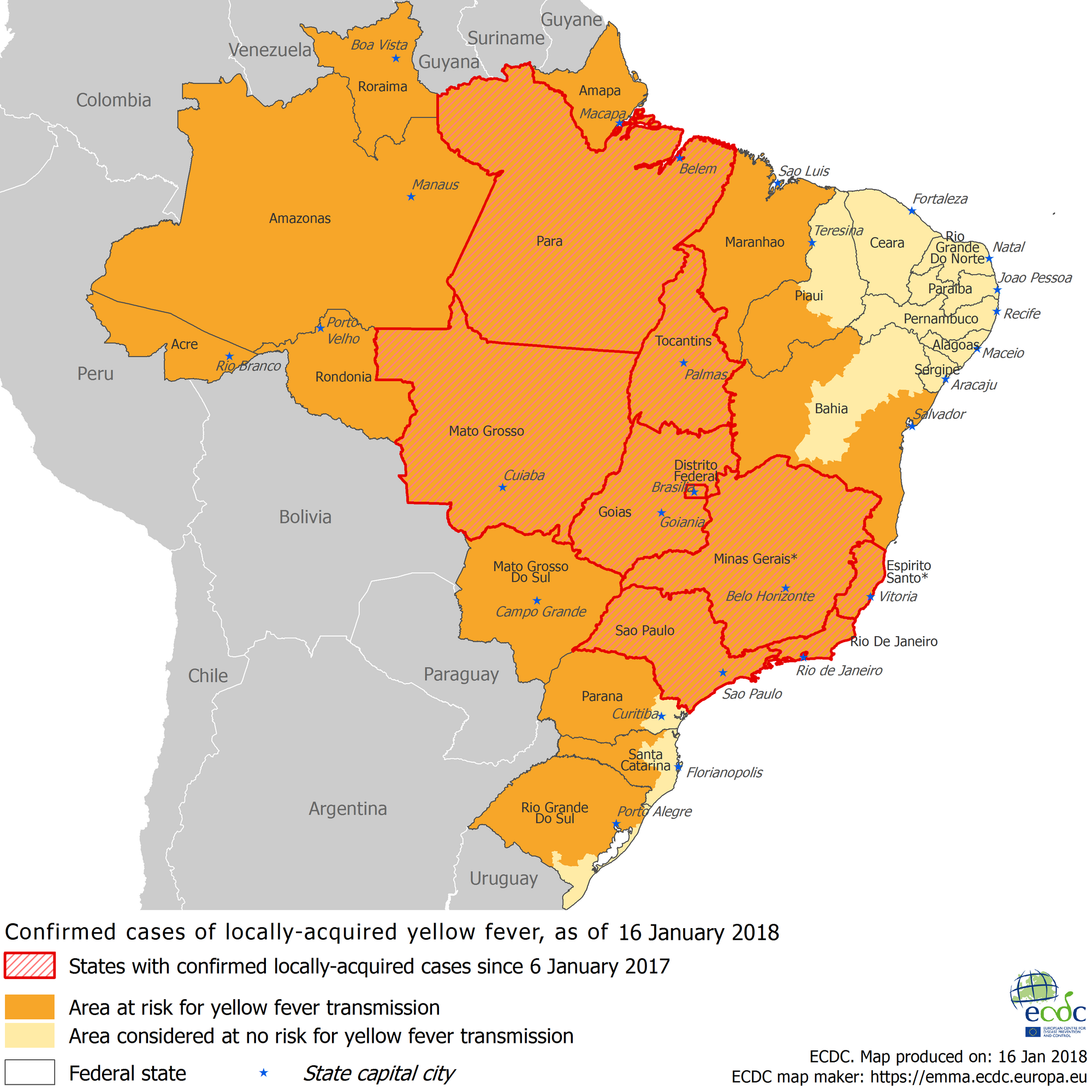Archive for January, 2018
Flash of light? Mushroom cloud? Expert advice is: “Don’t run. Get inside.”
Sunday, January 21st, 2018Shelter?
- Concrete and brick buildings. A home basement OK too.
- Avoid structures made of wood and plaster: No protection
- Go deep. Underground areas or the center of a tall building;
Then what?
- Stay inside for at least 24 hours. Radiation levels are extremely dangerous after a detonation, but levels decrease rapidly.
- Tune in to the news
Kabul: a 12-hour gun battle at Kabul’s largest hotel has ended after security forces killed 4 assailants, a siege that left 5 civilians dead, trapped more than 100 guests
Sunday, January 21st, 20181/20/1980: Bleachers at a bullring in Sincelejo, Colombia, collapse, resulting in the deaths of 222 people and injuries to hundreds more
Saturday, January 20th, 2018Madagascar’s health service ministry says 8 children have died after suffering acute food poisoning believed to have been caused by eating sea turtle meat in northern Madagascar.
Saturday, January 20th, 2018Abstract
Poisoning from eating sea turtles, medically known as chelonitoxism, is seen especially in coastal areas. It remains a public health problem in Madagascar, despite a ban on hunting these animals. The objective of this study was to describe its epidemiological and clinical aspects and outcome to improve knowledge and prevention of this type of poisoning. Chelonitoxism occurred in May 2014, affecting the population in Antsanitia, a fishing village in northwest Mahajanga, Madagascar. All patients came first to the CSB I basic health center in Antsanitia and were subsequently hospitalized at the Mahajanga CHU Pzaga, 51 in the adult emergency department and 25 in the pediatrics department. These 76 patients ranged in age from 3 months to 79 years. The predominant clinical signs were gastrointestinal and neurological disorders. ENT-oral signs characterized the poisoning. Ingestion of the turtle fat caused intermediate and severe disease forms in adults. Breastfeeding was a prognostic factor in children. Signs of severity appeared within 72 hours in adults. After intensive resuscitation, the signs of poisoning disappeared after 12 days. The severe form predominated in children; death was either early or delayed to the second to sixth day after consumption. It is essential to develop awareness of this danger among the entire coastal population of Madagascar to prevent this kind of poisoning.
A group of gunmen have launched an attack on the Intercontinental Hotel in Kabul. Wounded and dead.
Saturday, January 20th, 2018Yemen: The World Health Organization estimated that malaria cases rose in 2016 to 433,000 from 336,000 the year before.
Saturday, January 20th, 2018

The malaria parasite life cycle involves two hosts. During a blood meal, a malaria-infected female Anopheles mosquito inoculates sporozoites into the human host  . Sporozoites infect liver cells
. Sporozoites infect liver cells  and mature into schizonts
and mature into schizonts  , which rupture and release merozoites
, which rupture and release merozoites  . (Of note, in P. vivax and P. ovale a dormant stage [hypnozoites] can persist in the liver and cause relapses by invading the bloodstream weeks, or even years later.) After this initial replication in the liver (exo-erythrocytic schizogony
. (Of note, in P. vivax and P. ovale a dormant stage [hypnozoites] can persist in the liver and cause relapses by invading the bloodstream weeks, or even years later.) After this initial replication in the liver (exo-erythrocytic schizogony  ), the parasites undergo asexual multiplication in the erythrocytes (erythrocytic schizogony
), the parasites undergo asexual multiplication in the erythrocytes (erythrocytic schizogony  ). Merozoites infect red blood cells
). Merozoites infect red blood cells  . The ring stage trophozoites mature into schizonts, which rupture releasing merozoites . Some parasites differentiate into sexual erythrocytic stages (gametocytes)
. The ring stage trophozoites mature into schizonts, which rupture releasing merozoites . Some parasites differentiate into sexual erythrocytic stages (gametocytes)  . Blood stage parasites are responsible for the clinical manifestations of the disease.
. Blood stage parasites are responsible for the clinical manifestations of the disease.
The gametocytes, male (microgametocytes) and female (macrogametocytes), are ingested by an Anopheles mosquito during a blood meal  . The parasites’ multiplication in the mosquito is known as the sporogonic cycle
. The parasites’ multiplication in the mosquito is known as the sporogonic cycle  . While in the mosquito’s stomach, the microgametes penetrate the macrogametes generating zygotes
. While in the mosquito’s stomach, the microgametes penetrate the macrogametes generating zygotes  . The zygotes in turn become motile and elongated (ookinetes)
. The zygotes in turn become motile and elongated (ookinetes)  which invade the midgut wall of the mosquito where they develop into oocysts
which invade the midgut wall of the mosquito where they develop into oocysts  . The oocysts grow, rupture, and release sporozoites
. The oocysts grow, rupture, and release sporozoites  , which make their way to the mosquito’s salivary glands. Inoculation of the sporozoites
, which make their way to the mosquito’s salivary glands. Inoculation of the sporozoites  into a new human host perpetuates the malaria life cycle.
into a new human host perpetuates the malaria life cycle.
Yellow Fever: Since September 2017, 34 laboratory-confirmed cases, including 20 deaths were reported by the Brazilian authorities. Watch out during Carnival which will take place from 9 to 14 February 2018
Saturday, January 20th, 2018The Saudi Arabian Ministry of Health (MOH) notes a new case of MERS in the village of Al Qaryat and the death of a previously reported patient.
Saturday, January 20th, 2018
New research shows that the flu virus can be airborne not just carried by droplets
Saturday, January 20th, 2018Osterholm: “Respiratory droplets are like boulders that fall quickly over a short distance, while aerosols are like the perfume that can be smelled from a store’s fragrance department three aisles away.”
and Infectious virus in exhaled breath of symptomatic seasonal influenza cases from a college community PNAS 2018 ; published ahead of print January 18, 2018, doi:10.1073/pnas.1716561115
Research significance: “…..We show that sneezing is rare and not important for—and that coughing is not required for—influenza virus aerosolization….”
CDC plans to scale back or discontinue its work to prevent infectious-disease epidemics and other health threats in 39 foreign countries because it expects funding for the work to end
Saturday, January 20th, 2018“….The CDC currently works in 49 countries as part of an initiative called the global health security agenda, to prevent, detect and respond to dangerous infectious disease threats. It helps expand surveillance for new viruses and drug-resistant bacteria, modernize laboratories to detect dangerous pathogensand train workers who respond to epidemics.The package included $582 million in funds to work with countries around the world after the Ebola crisis in 2014 and 2015. But that funding runs out at the end of fiscal 2019……..[T]he CDC said it anticipates that if its funding situation remains the same, it will have to narrow activities to 10 “priority countries” starting in October 2019……..
The 10 countries where global health security activities will remain are India, Thailand, Vietnam, Kenya, Uganda, Liberia, Nigeria, Senegal, Jordan and Guatemala, according to the email—countries of strategic or regional importance for the CDC….”


